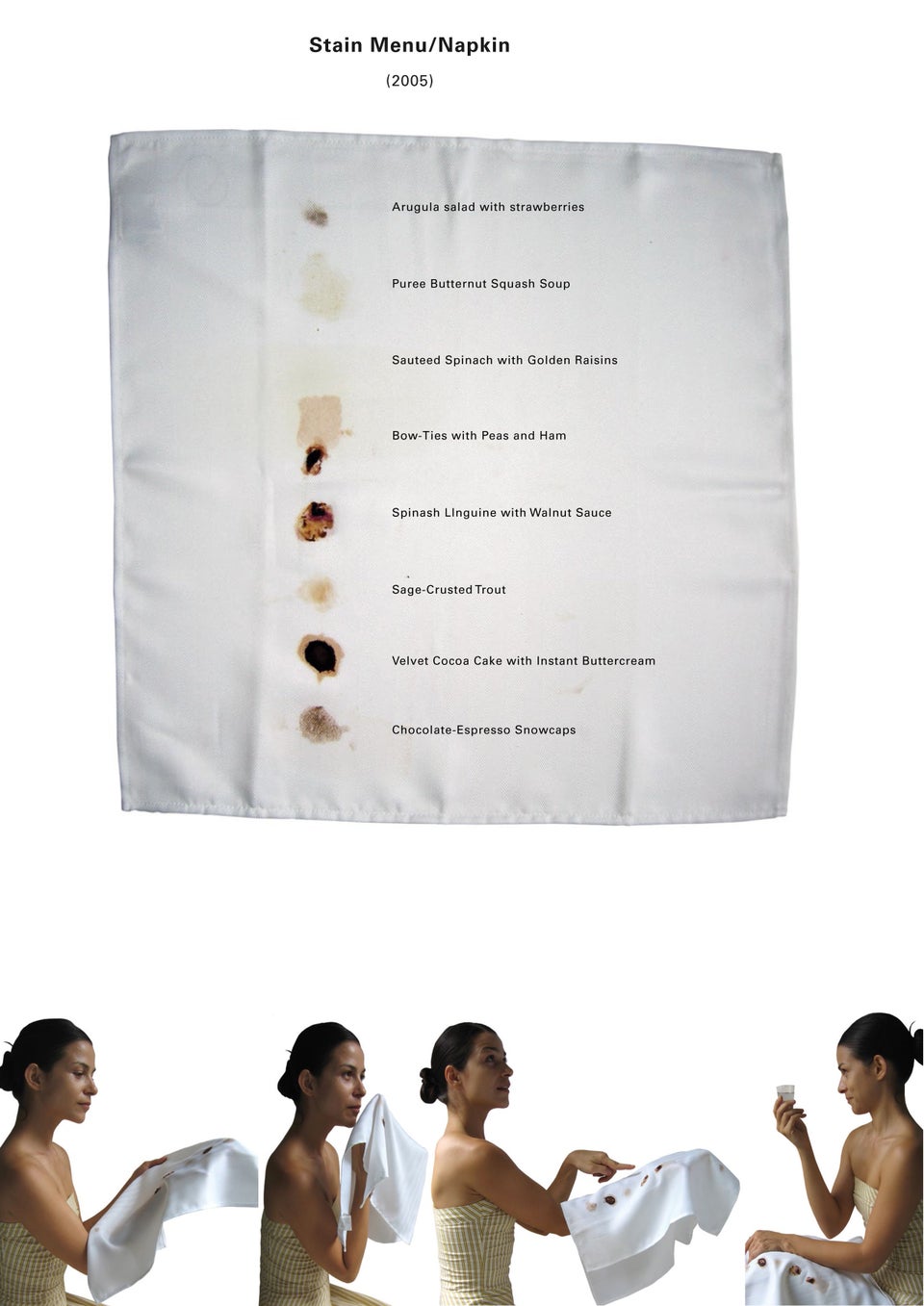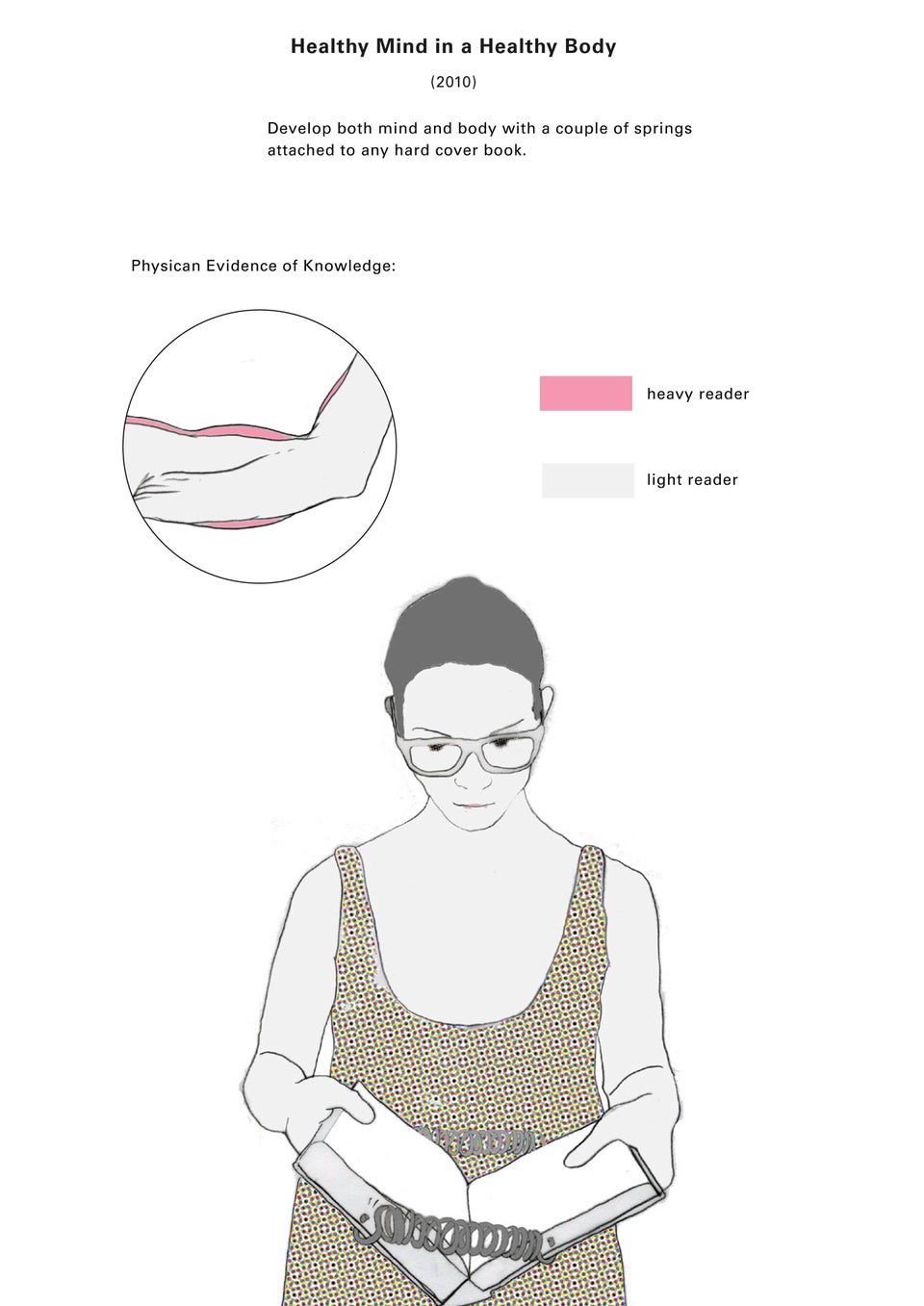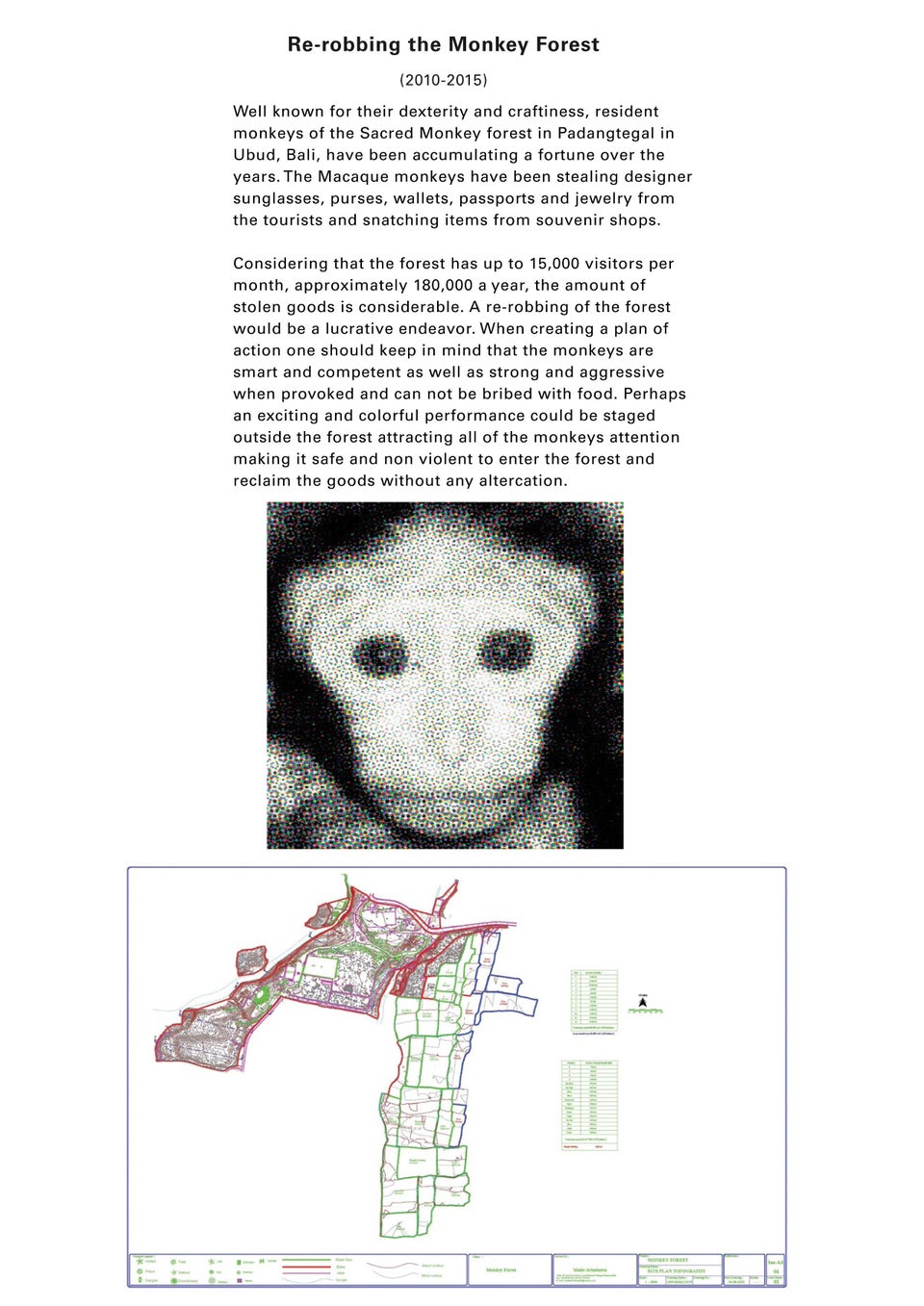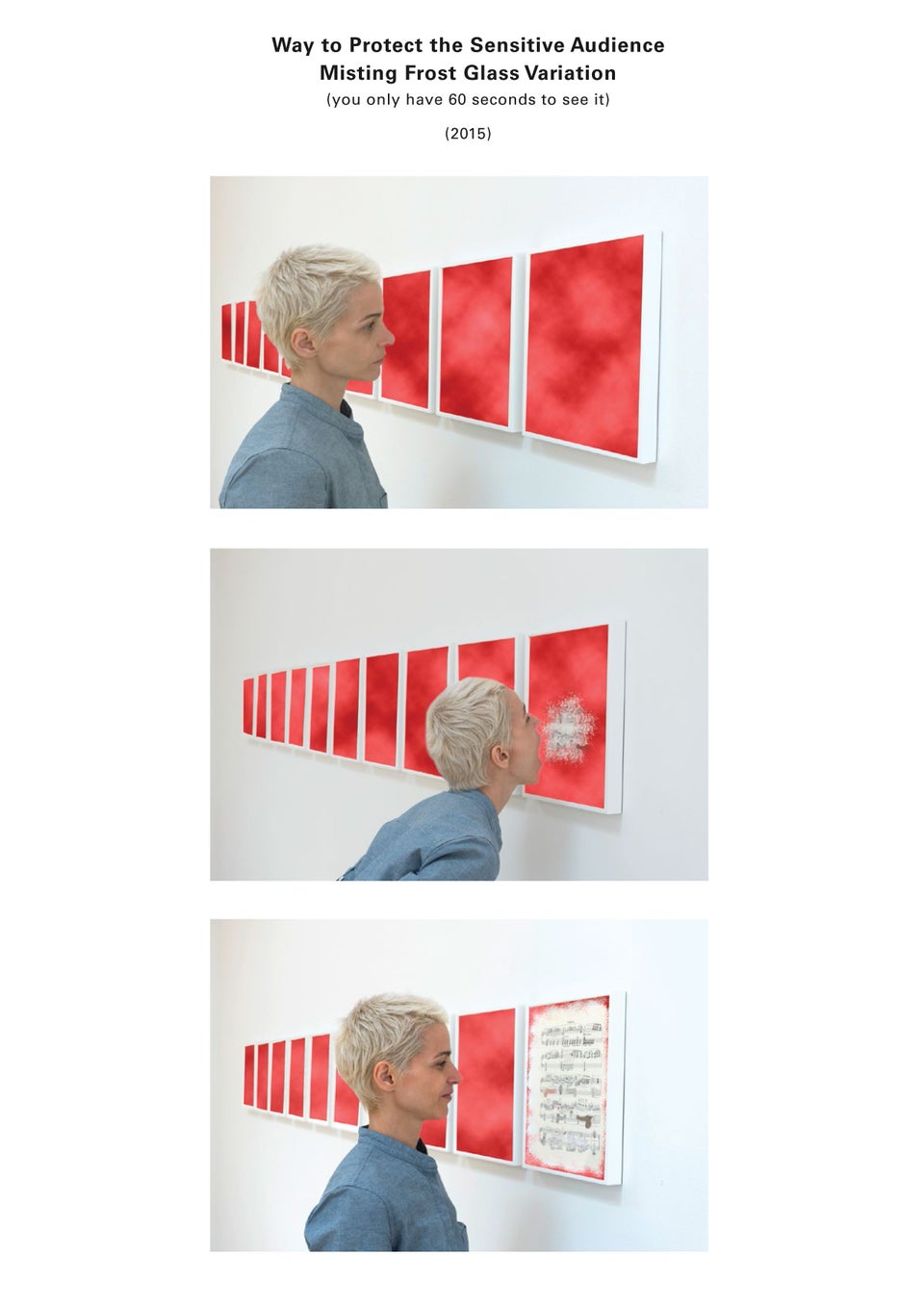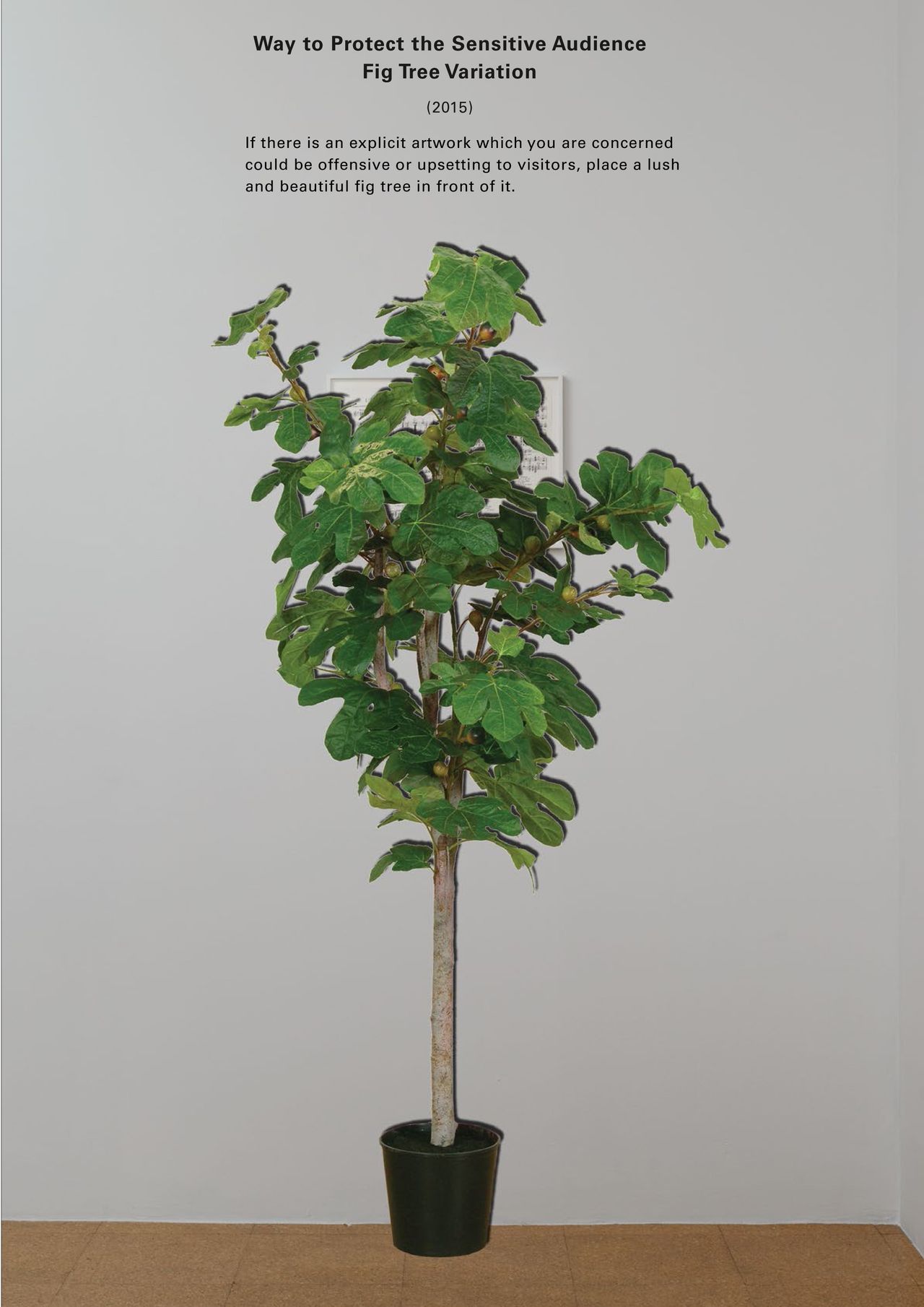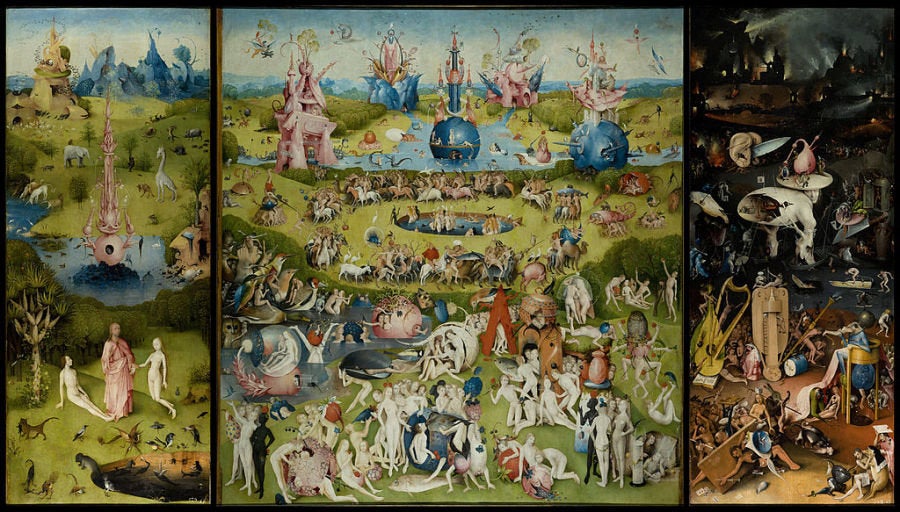A great gift -- one that's significant, thoughtful, filled with meaning, big -- can be, despite all good intentions, somewhat of a drag. The time, money, thought and resources that go into a diligently assembled gift can leave the recipient with a combination of appreciation and anxiety, grateful for the magnanimous offering but nervous for when, if, and how the service will be repaid.
That's why, for me, the most generous gifts are not the large ones that come elaborately wrapped up on holidays with a big bow on top. Instead, they're the ones that come unexpectedly and with joyful ease -- a note on your pillow, a candy on your desk -- gestures weightless and light as air.
Ana Prvacki's artworks are such gestures. While most art grapples with Big issues like Death, Sex, God, History, The Color Blue -- Prvacki's preferred concepts are simple and succinct. For example, how to properly alert your friend to the small leaf of spinach caught between her incisors.

Since 2005, Prvacki has been creating what she describes as catalogues of ideas. Her newest book, Finding comfort in an uncomfortable imagination is the uncanny lovechild of Yoko Ono's Grapefruit and SkyMall, a compendium of odd and beautiful ideas hovering between conceptual art and misguided hospitality. Flip through the hundred-page volume and you'll find prototypes for instruments and contraptions that will probably never exist off of the page, except in the shopping cart of the imagination.
"Initially it was a way of exorcising excess ideas," Prvacki explained to The Huffington Post. "What do you do with all of the images that go through your head? It can be daunting. I wanted to get rid of that feeling and just enjoy the pleasure of generating ideas."
One idea is the "DIY pret-a-paracute," a custom designed skirt that doubles as a parachute, allowing its wearer to leap out of a window in truly dire social scenarios, or, of course, an actual emergency. "A gadget and a fashion item, 'DIY pret-a-paracute' promises trend and style as well as speed and movement for any occasion." On the adjacent page, Prvacki wears the one actual pret-a-paracute in existence, which she made herself by hand.
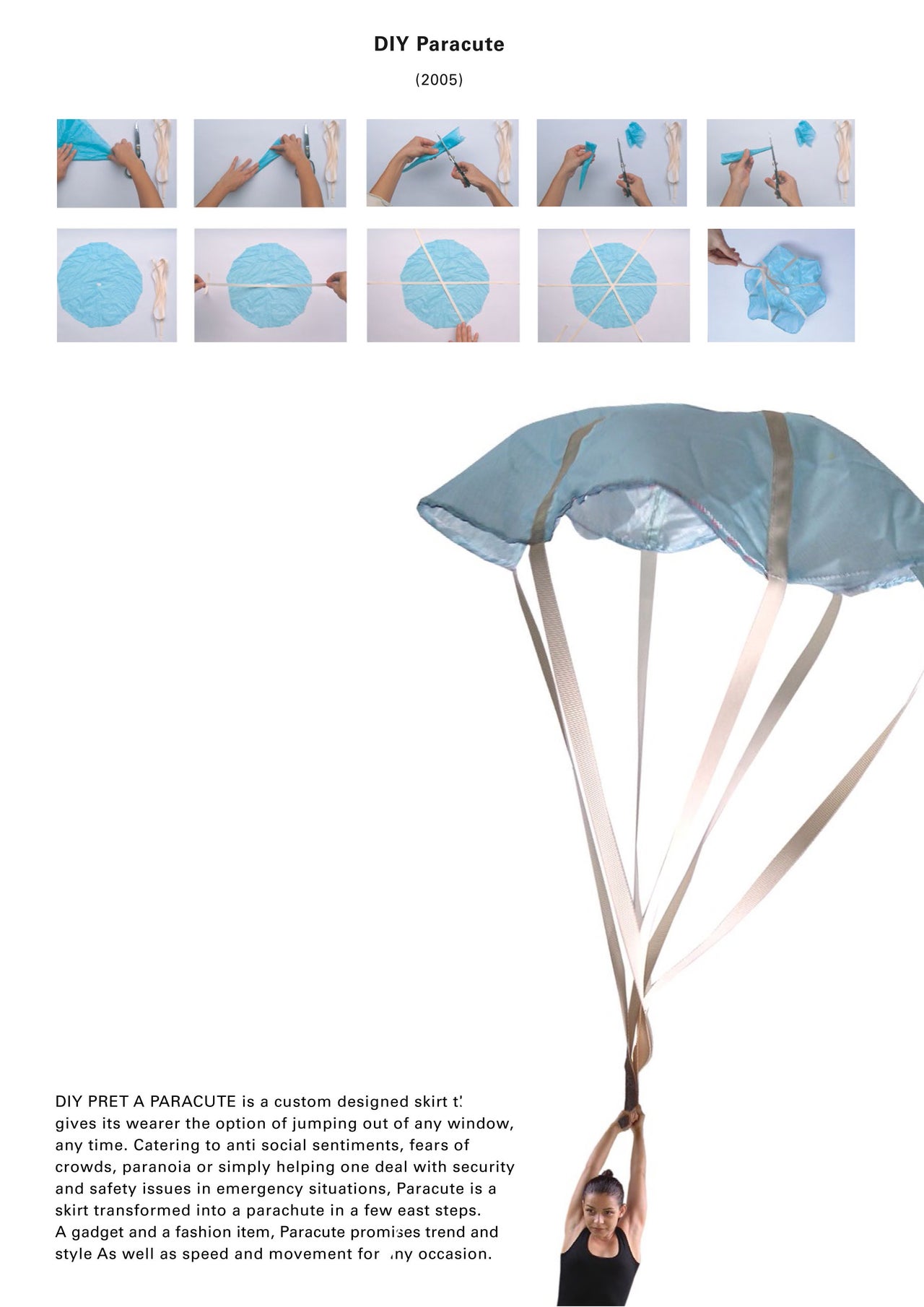
Prvacki sometimes creates a single prototype to illustrate one of her concepts, but that's where the production aspect ends. "I like the notion that not every idea should be made real," she said. We’re constantly overproducing and manifesting things that shouldn’t be. Not every idea should be produced."
However, just because an idea won't be mass produced and distributed widely for profit doesn't mean it should be tossed aside and forgotten. Prvacki carries a notebook with her constantly where she jots down the images that pop into her mind. Sometimes they're banal, sometimes surreal, often a combination of the two. Through her idea catalogues, Prvacki honors the jewels of her imagination and sets them free, like a kid temporarily trapping a firefly in a jar and releasing it back into the wild.
Prvacki's ideas often address our culture's bizarre standards of etiquette -- by, for example, placing a fig tree in front of an explicit artwork to mollify prudish viewers. Others play in the space between utility and futility, beauty and efficiency, concept and product. One of my favorite ideas suggests injecting a raisin with rosé to return it to its grapely state. (She likens the process to botox.)
While most of Prvacki's wonderfully trivial inventions themselves aren't out to change the world, the general energy behind the lot of them just might. "I think we just, as a planet, as a civilization, need to work less and think more. Imagine more. I think ideas and imagination are also connected to solutions, and we should keep the imagination fertile."
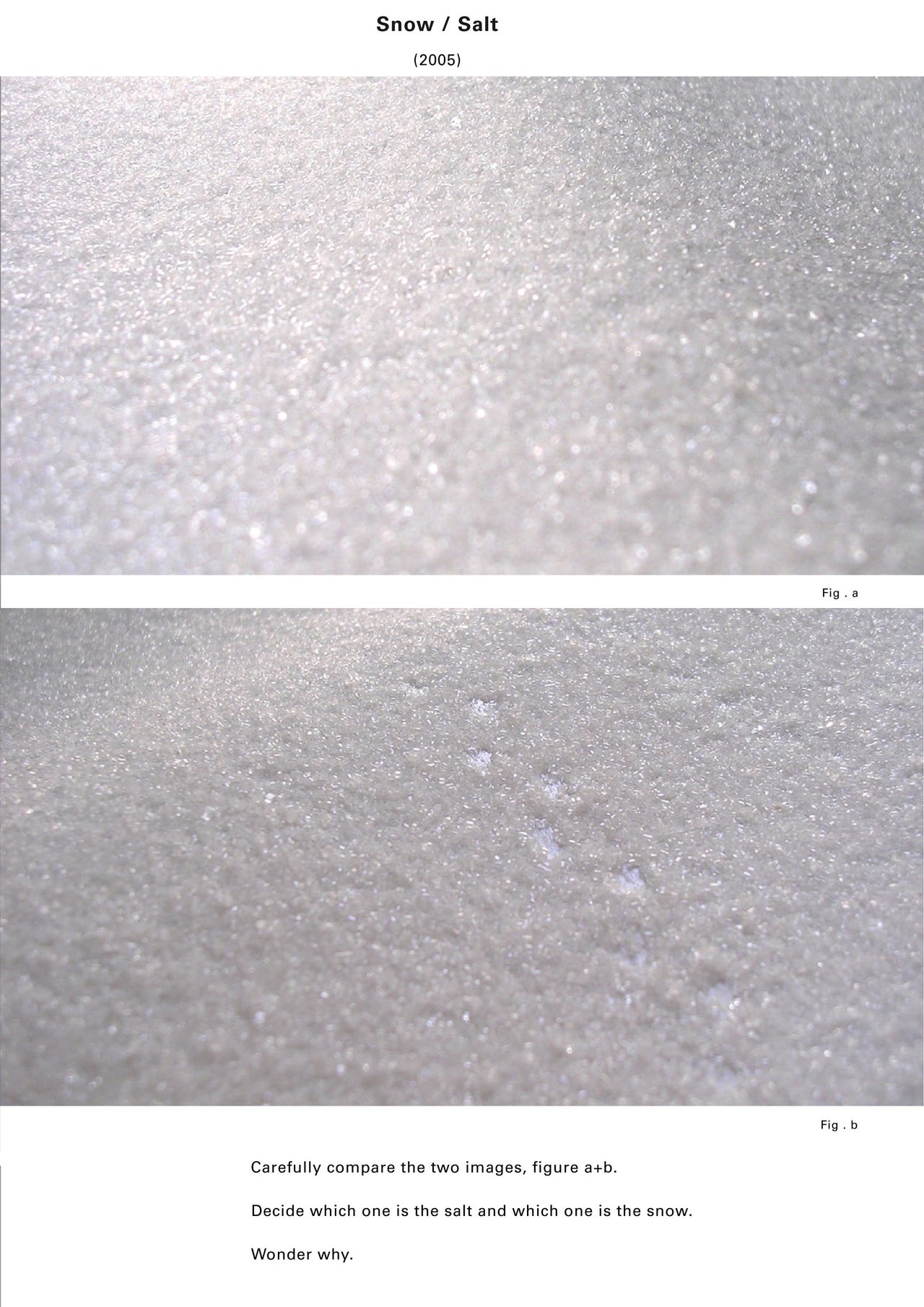
The artist references Chindōgu -- the Japanese art of "unuseless" inventions -- as an inspiration. The term was coined by Japanese inventor Kenji Kawakami, and refers to objects that ingeniously solve a particular problem while simultaneously spurring many more problems as a result. For example, a "Chindōgu of the Day" listed online is the Hay Fever Hat -- a baseball cap with a toilet paper roll attached for those days when sneezing and snotting won't wait for you to reach into your pocket.
Prvacki mentions another one of her favorites, solving the problem of how to cut down on your phone bill. "The idea was to fix a four-pound weight on your phone and so, the idea was, eventually you’d get tired of holding it and give up." Chindōgu ideas clearly toy with stereotypes of Western consumerism and the endless pursuit of efficiency, but the products are never just jokes. First and foremost, they truly aim to help."It's all very ethical," Prvacki says. "It never hurts anyone. It doesn't waste anything or make fun of anyone."
Following in the footsteps of Chindōgu, Prvacki offers ideas that are simple and bright, the artistic equivalent of a lucky coin or a bath mat that feels strangely luxurious under your toes. But look closer, and you'll notice the subtle layers embedded in each humble idea -- the humor, the poetry, the timely relevance, the playful critique.
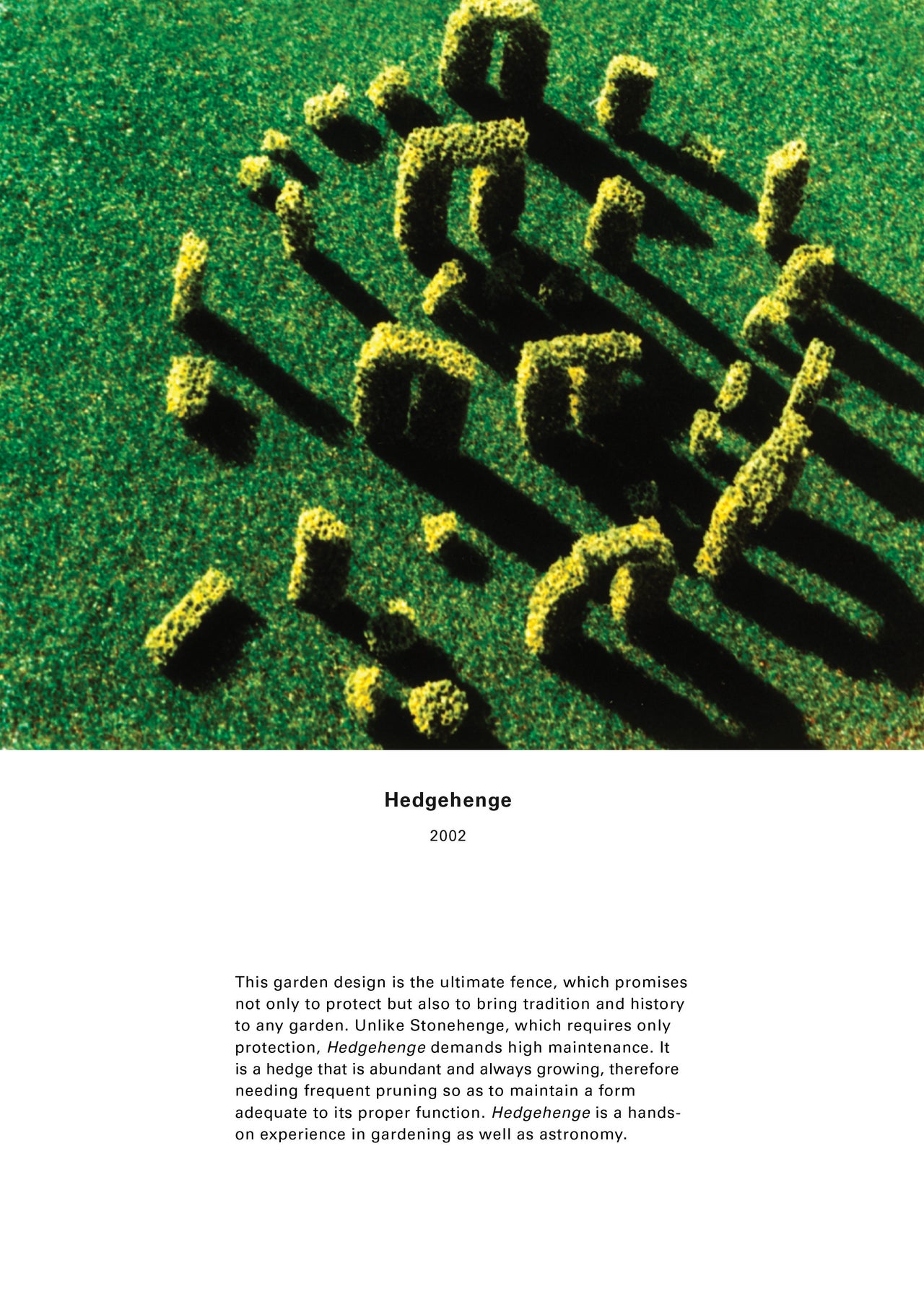
One of her critiques appears in "Stealing Shadows," one of the few ideas in the catalogue to come fully into being, appearing in a Los Angeles exhibition in January. The show featured just the shadows of famous "masterpiece" sculptures like Louise Bourgeois' spider and Jeff Koons' rabbit. The shadows sold for one percent of the price of the original artwork.
"Shadows are so poetic," Prvacki said. "They deal so much with the psyche and our unconscious in a profound, archetypal way. The idea of stealing shadows of famous artworks, it felt mischievous. Plus it’s a zero carbon footprint work; you don’t need to ship it, the installation is very quick."
While some of her work is undoubtedly critical -- "Stealing Shadows" pokes fun at excessively expensive artwork as well as ideas of appropriation -- Prvacki is not interested in an ironic stance. "I’m a little bit afraid of irony," she said. "I always have been. I think there’s a certain cruelty in it -- it's an unproductive commentary. Ideas should be kind and loving. They should be productive."
For Prvacki, thinking is not about judging, complaining, or tearing things down. Ideas are not pointed weapons but spurts of energy -- invigorating, nutritious, even pleasurable. "It's a poetic and absurd gesture to have a catalogue you cannot order from," she says. "It asks you: do you really need that? Is it pleasurable enough to have it just exist in your imagination?"
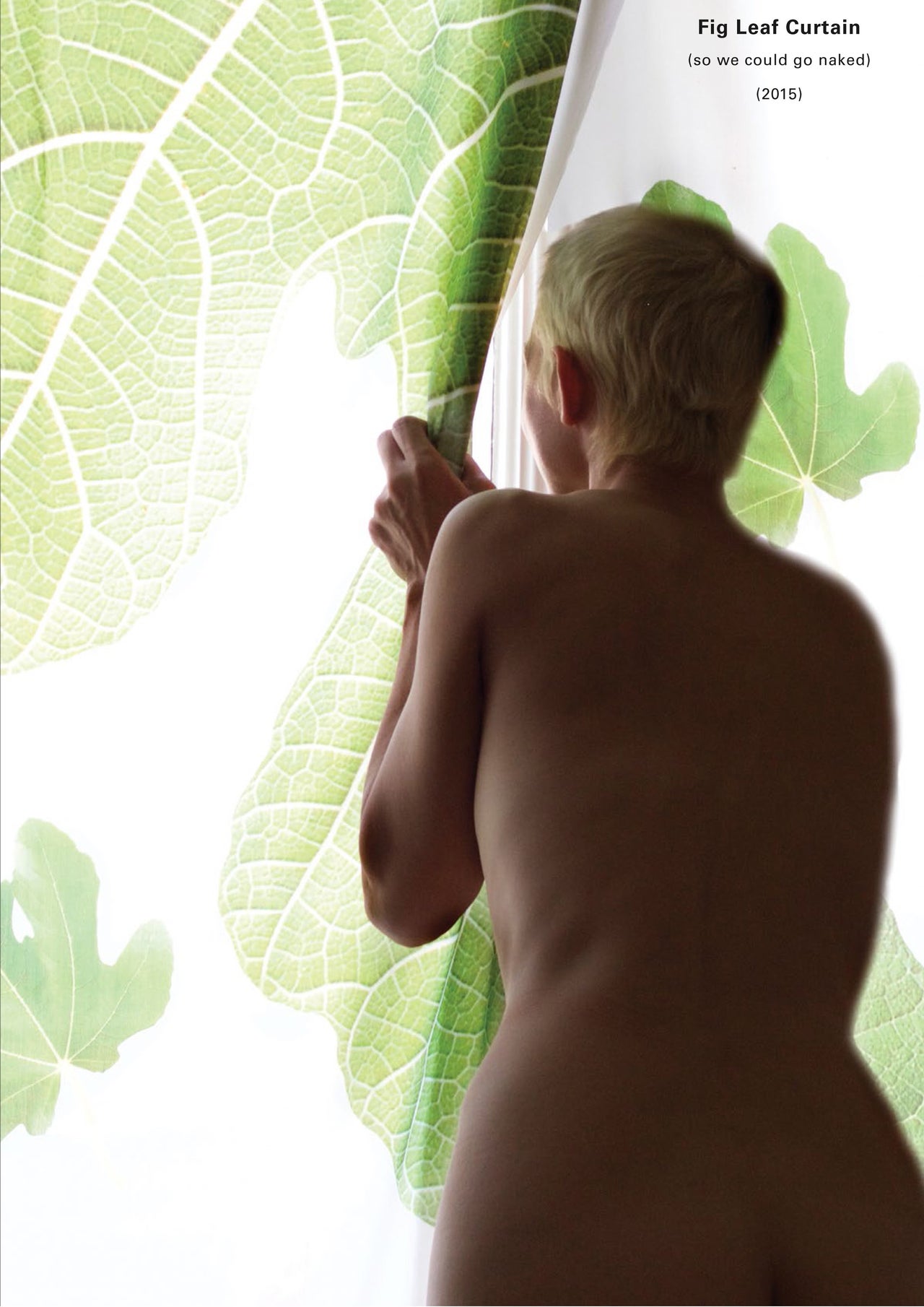
Other contemporary artists exploring the realm of "unuseless ideas" include The Institute for New Feeling, whose contraptions, like a neck pillow made from cement, offer a dreamlike alternative to spa souvenirs. Multimedia performance artist Jacolby Satterwhite turns his mother's doodles of bizarre inventions inspired by the Home Shopping Network into trippy virtual landscapes.
But Prvacki's work feels especially light to the touch. The force of her work is not in the ideas themselves, but in the overall exaltation of the imagination and the generous dissemination of its small but juicy fruits. These are the ideas that are not held back by their absurdity, impossibility and levity, but energized by them. They are the small but mighty gifts -- the unexpected dessert, the thoughtful gesture, the subtle smile -- that make the sky more blue.
Prvacki's Finding comfort in an uncomfortable imagination is available at 1301PE Gallery and Art Catalogues at LACMA. See an earlier interview with her here.
